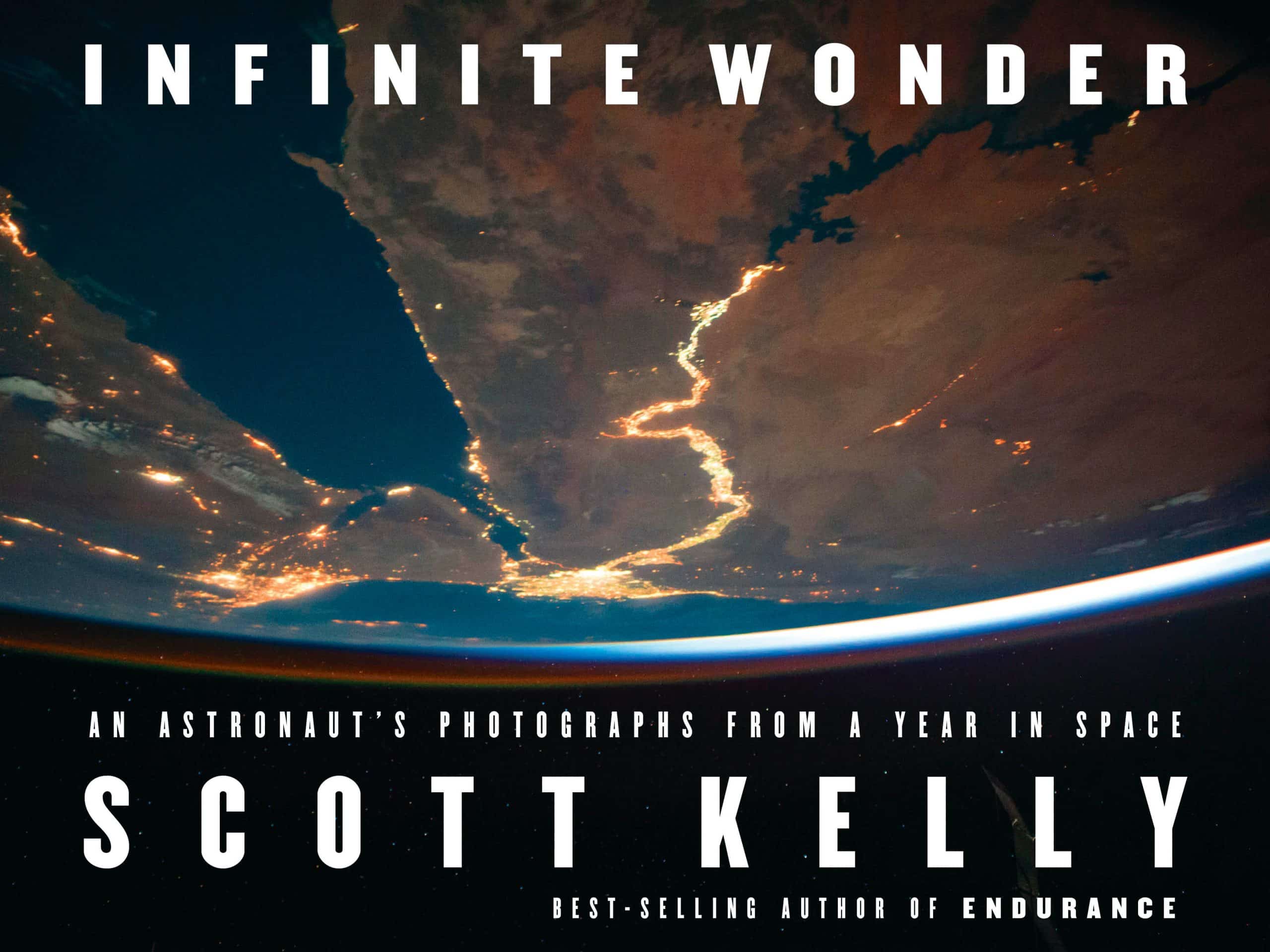Infinite Wonder: An Astronaut’s Photographs from a Year in Space
33.00 JOD
Please allow 2 – 5 weeks for delivery of this item
Description
From the record-breaking astronaut, national hero, and best-selling author of Endurance, a breathtaking collection of photos documenting his journey on the International Space Station, the vastness of space, and the unparalleled beauty of our own home planet.One’s perspective shifts when one lives for an entire year–as Commander Scott Kelly, and no other American astronaut in history, has–in the isolating, grueling, and utterly unforgiving vacuum of space. Kelly’s photos prove that this perspective–from 250 miles above Earth– while hard-won, is also almost unspeakably beautiful. A gift for photography helped make Kelly a social media sensation, and here his photos are collected alongside his own commentary, which set the images in their proper contexts, human and cosmic. Kelly captures sunsets, moonrises, the aurora borealis, and the luminous, hazy tapestry of the Milky Way. He presents snapshots of life and work on the International Space Station, from spacewalks to selfies. But above all–or floating amidst all–he takes the earth itself as his celestial muse. Here are hurricanes, wrinkled mountains, New York City shining like a galaxy–glorious photographs that are, in themselves, a passionate argument for the preservation of our planet in the face of climate change and environmental destruction.
Additional information
| Weight | 1.8 kg |
|---|---|
| Dimensions | 2.62 × 31.12 × 23.65 cm |
| PubliCanadation City/Country | Canada |
| by | |
| Format | Hardback |
| Language | |
| Pages | 320 |
| Publisher | |
| Year Published | 2018-10-30 |
| Imprint | |
| ISBN 10 | 0735233748 |
| About The Author | SCOTT KELLY is a former military fighter pilot and test pilot, an engineer, a retired astronaut, and a retired U.S. Navy captain. A veteran of four space flights, Kelly commanded the International Space Station (ISS) on three expeditions and was a member of the yearlong mission to the ISS. During the Year in Space mission, he set records for the total accumulated number of days spent in space and for the single longest space mission by an American astronaut. |
| Excerpt From Book | PREFACE My first flight into space was aboard the space shuttle Discovery in December 1999 on a mission to repair the Hubble Space Telescope. There are many things about a first space flight that are surprising: the adrenaline rush of the launch countdown, the roar of the main engines, and the sheer power of the solid rocket motors as they explode with millions of pounds of instantaneous thrust. These all pale, however, in comparison to the beautiful views of the Earth. After our eight-and-a-half-minute ride into orbit I glanced outside and saw something on the horizon that seemed completely surreal. I turned to the commander of the mission, Curt Brown, and asked excitedly, “What the hell is that?” Curt, on his sixth flight into space, replied nonchalantly, “Oh, that’s the sunrise.” I was awestruck. Later, I would admire the luminescent waters of the ocean, as if someone had taken the most brilliant blue paint and brushed it across a mirror right in front of my eyes. The bright reds, oranges, and yellows of the deserts were often juxtaposed against the blues of the adjacent waters. The majestic moun tain ranges on the horizon seemingly reached out to touch space. It was clear I would never see something more beautiful than the Earth. My first flight into space was only eight days. I would have to wait nearly eight years to experience the Earth from space again. But it wasn’t until my third flight into space in 2010, a long-duration flight to the International Space Station (ISS), launching aboard a Russian Soyuz, that I had the time to fully appreciate my vantage point high above the planet. On this mission I honed some of the skills that would allow me to capture images of the Earth that I would enhance to emphasize their beauty. In the microgravity environment of space, taking photos is challenging, and I had to find unique ways to support the camera and myself. Since the Earth was moving past at a blistering 17,500 miles per hour, I had to pan the camera steadily and quickly as the shutter released, otherwise the image would smear and appear out of focus. We were flying at five miles per second, so opportunities to compose compelling photos came and went rapidly. Using a long 800 mm lens coupled with a 1.4× magnifying zoom lens and after much practice, I was able to capture spots of the Earth that caught my eye. Setting the perfect aperture and shutter speeds and taking advantage of an uncommon viewpoint—key elements of photography and composition—I was able to create what I hope are intriguing and abstract images. The enhancement of the color was done with the help of a software program called Picasa, which enabled me to add dramatic effects to produce the artistic images I sought. Having worked hard to perfect this technique on the 159‑day mission, I was as prepared as I was going to be to take the finest photos of which I am capable. Fast-forward fifteen years from my first flight into space, and again I was boarding a Russian Soyuz rocket, in Kazakhstan, for my third launch to the International Space Station, where I was to stay for a year. My mission, and that of my Russian colleague Misha Kornienko, was to understand the negative effects on the human body and mind of ultra-long-duration space flight, so when we venture farther out from our planet we will be prepared. Living in space for a year, I had the time to learn our planet—its geography, its nuances, and all the surprises it has to offer—like few others have ever had. To quote Doug Wheelock, one of my former astronaut colleagues, “The Earth never disappoints.” |
Only logged in customers who have purchased this product may leave a review.






Reviews
There are no reviews yet.